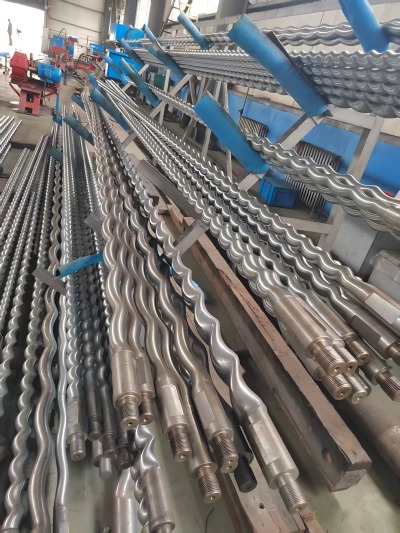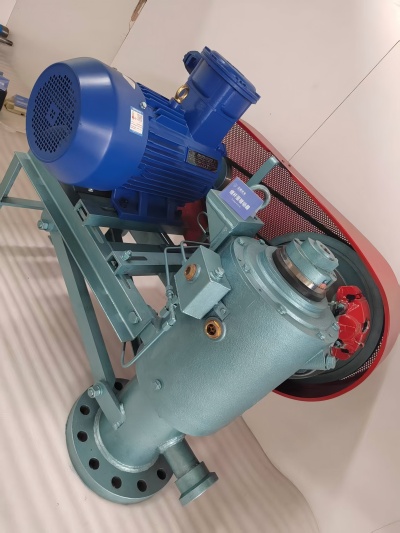To Know More About Progressing Cavity Pump
The progressing cavity pump (PCP) has seen rapid growth and application in recent years. Its uniform speed and lack of mechanical or fluid inertia loss make it suitable for both general oil well production and production in high-viscosity, high-sand-content wells. It boasts a range of advantages, including high efficiency, low energy consumption, simple structure, compact size, and ease of operation. PCPs primarily consist of a surface drive unit, a down-hole PCP pump, and a frequency-controlled intelligent electrical control cabinet. Polished rod seals include mechanical seals and packing seals.
Basic Concepts
A progressive cavity pump (PCP) is a positive displacement pump primarily composed of a processing cavity (rotor) and a stator lined with an elastic material.
The rotor is a single-ended processing cavity typically made of high-strength alloy steel.
The stator is a double-ended spiral, made of an elastic material such as rubber, and encased in a steel pipe.
Operating Principle: The rotor rotates eccentrically within the stator, forming a continuous, closed cavity. As the rotor rotates, liquid is gradually pushed from the bottom of the pump to the top of the barrel, completing the transfer process.

Structural Components
A typical progressive cavity pump system includes:
Surface drive unit:
Drive motor or diesel engine
Transmission or speed reducer
Universal coupling
Surface drive head
Down-hole pump components:
Rotor
Stator
Connecting rod (part of the system)
Stator jacket or tubing hanger
Drive system:
Surface power is typically transmitted to the down-hole pump via a rod string system.

Advantages
Adaptable: Suitable for wells with high viscosity, high water content, and sand content.
High Efficiency: High volumetric efficiency even at low speeds.
Shock-free, smooth operation: Progressive cavity pumps provide continuous flow, unlike beam pumps that experience periodic pulsation.
Easy Maintenance: Relatively simple structure, allowing for easy replacement of down-hole equipment.
Energy Saving: Low starting torque and low drive power.
Typical Applications
Lifting of viscous crude oil;
Thermal recovery of heavy oil wells (e.g., steam stimulation of heavy oil);
Sand-bearing wells;
Old oil wells with high water content;
Liquid recovery in mining areas, shale gas, and other fields


